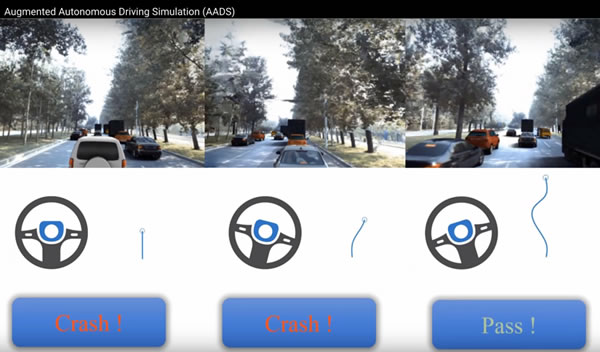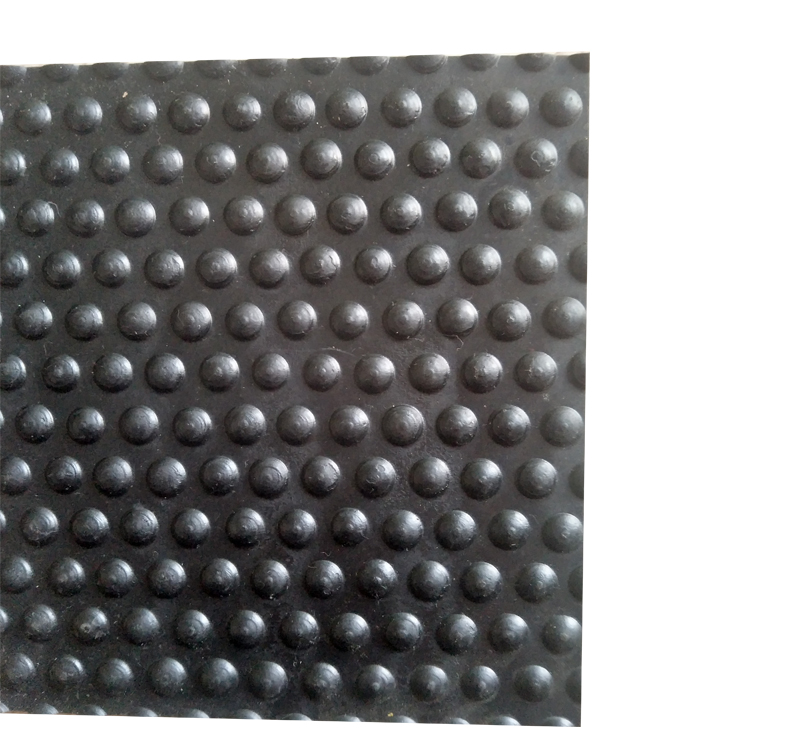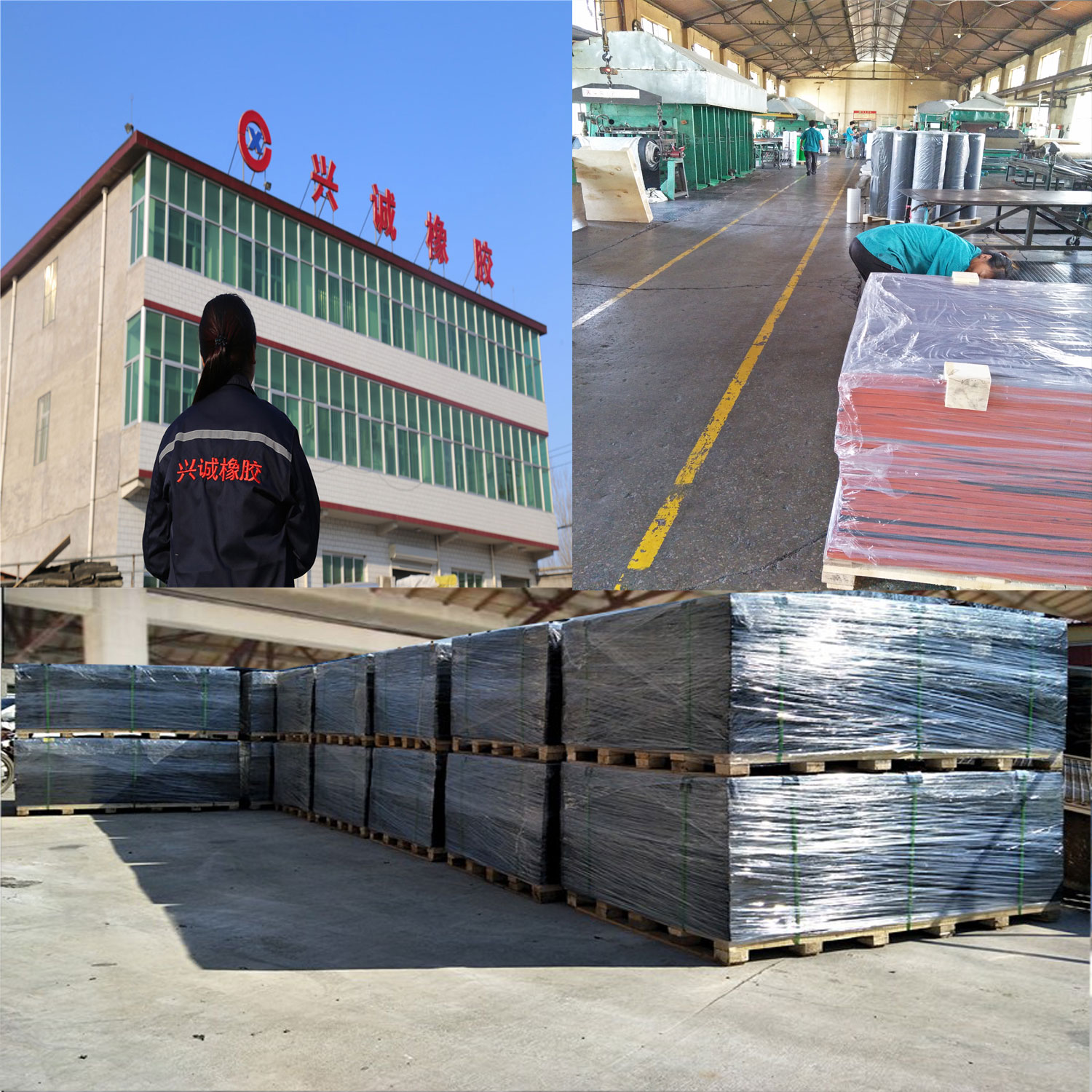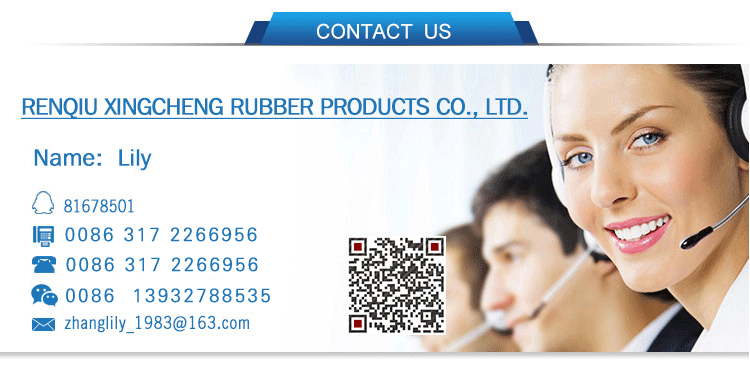
(Source: University of Maryland official website)
According to foreign media reports, Dinesh Manocha, a computer scientist at the University of Maryland, worked with colleagues from Baidu Research in China and the University of Hong Kong to develop an extremely realistic simulation system for Train and verify self-driving cars. Existing systems use game engines or computer graphics with high fidelity and mathematically modeled traffic patterns for simulation. Compared to this, the new system can provide richer and more realistic simulations.
The new system is called Enhanced Automated Driving Simulation (AADS), which makes it easier for autonomous driving technology to be evaluated in the laboratory, while ensuring that autonomous driving technology is sufficiently reliable and safe before it is put into expensive road tests.
One potential benefit of self-driving cars is that they may be safer than human drivers because human drivers are easily distracted, fatigued, and emotional, leading to wrong decisions. However, in order to ensure safety, autonomous vehicles must evaluate the driving environment and respond to the driving environment. Given that cars may encounter various situations on the road, autonomous driving systems require hundreds of millions of miles of test drives under extremely challenging conditions to prove their reliability.
It may take decades to complete a test drive on a real road, but a computer simulation system can make a preliminary evaluation of an automated driving system quickly, efficiently, and safely. Computer simulation systems can accurately reproduce the real world and model the behavior of surrounding objects. At present, the most advanced simulation systems described in the scientific literature are still deficient in depicting realistic environments and presenting real-world traffic flow patterns or driver behavior.
AADS is a data-driven system that can more accurately present the information received by autonomous vehicles on the road. Autonomous vehicles rely on a perception module and a navigation module. The perception module receives and interprets real-world information. The navigation module makes decisions based on the perception module, such as where to turn, whether to brake or accelerate.
In the real world, the perception module of self-driving cars usually receives information from cameras and lidar sensors, which use light pulses to measure the distance to surrounding objects. In the current simulation technology, the perception module receives computer-generated images, as well as models of pedestrians, bicycles, and other car movement patterns, which is a relatively rough representation of the real world, but because the computer-generated image models must be manually generated, This process is therefore very expensive and time-consuming.
The AADS system combines photos, videos, and lidar point clouds (similar to 3D shape renderings) with real trajectory data of pedestrians, bicycles, and other vehicles. Such trajectory data can also be used to predict other vehicles or pedestrians on the road. Driving behavior and future location to achieve safe driving.
When using real video images and lidar data for simulation, scientists face a challenge: every simulated scene must respond to the movement of a self-driving car, even if such movement is not captured by the original camera or lidar sensor To. In addition, it is necessary to predict scenes at any angle or viewpoint that are not captured by photos or videos, and restore or simulate them. This is why simulation technology has always relied on computer-generated graphics technology and physical prediction technology.
To overcome this challenge, researchers have developed a technology that can separate the various parts of the real world street scene and restore each part to a separate element, and then recombine such elements to create a large number of realistic driving scenes .
With AADS, vehicles and pedestrians can be picked up from one environment and then placed in another environment with suitable lighting and sports modes. In addition, roads with different traffic levels can be reconstructed, and multiple perspectives for each scene can provide a more realistic perspective during vehicle lane changes and turns. In addition, compared with other video simulation technologies, advanced image processing technology can achieve smooth conversion and reduce distortion. It can also use image processing technology to extract the trajectories of pedestrians, bicycles and other vehicles to simulate driver behavior.
Dinesh Manocha, a computer scientist at the University of Maryland, said: "Because we use real-world videos and the actions of pedestrians, bicycles, and other vehicles in the real world, our perception module has more accurate information than previous methods. . Moreover, because the simulator is very authentic, we can better evaluate the driving strategy of the autonomous driving system. "
Rubber Stable/Weights Mats are moulded rubber stable / animal mats with an attractive anti-slip 'cobbled' pattern design on one side and wide ribbed pattern on reverse to facilitate drainage. Also suitable as gym mats. Fitting rubber stable matting is becoming more and more popular as people realise the obvious benefits to horses and owners alike. Rubber matting gives great insulation of the floor and protection to your horse.
Robust heavy duty regenerated rubber
High profile hammered pattern one sideBroad ribbed fluted pattern on other side
Easily cleaned
Economically priced
Horse, Stable & Animal Matting
Rubber horse stable matting not only saves on bedding costs; it is also proven to improve the health and comfort of your horse - it achieves this by providing an insulation and comfort layer on the concrete stable floor. Stable matting is available in different design options.


Company information:
RenqiuXingcheng Rubber Products Co., Ltd. is located in the side of the Baiyang lake, our company is professional manufacturer of rubber products. We are one of the leading rubber company in china,The company is a private enterprise which is engaged in scientific research, production, sales and service and has obtained ISO 9001 certification. Our main business is producing all kinds of rubber products, including anti-skid plates, Rubber Sheet Series, Rubber Mat Series and horse mat series ect., The products are shockproof, anti-wear, anti-high and low temperature, anti-aging, oil resistant and chemical resistant in character.At present, our products have been sold at home and abroad and mainly exported to Canada, Germany, Chile, etc. We welcome domestic and foreign merchants to negotiate and cooperate with us. We are willing to join hands with old and new friends in creating a better tomorrow.


Rubber Stable Mat,Durable Horse Stable Mat,Resistant Rubber Stable Mats,Rubber Stable Floor Mat
Renqiu Xingcheng Rubber Products Co., Ltd. , https://www.rubbermats.nl
![<?echo $_SERVER['SERVER_NAME'];?>](/template/twentyseventeen/skin/images/header.jpg)